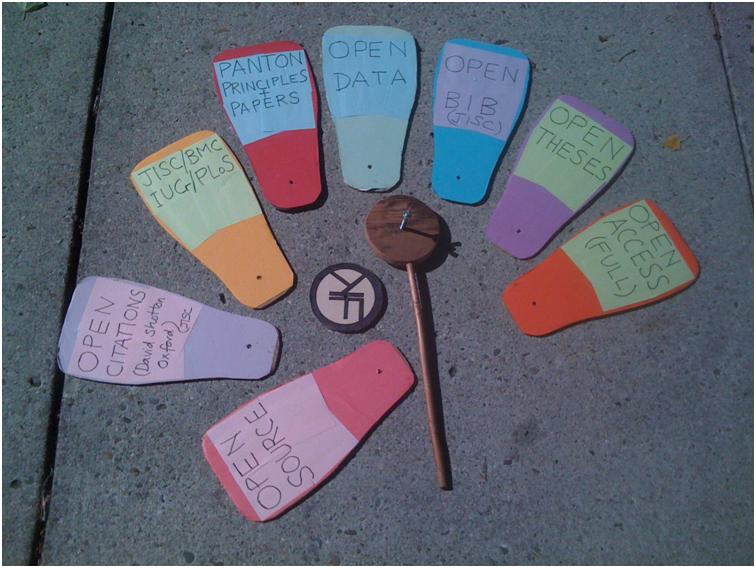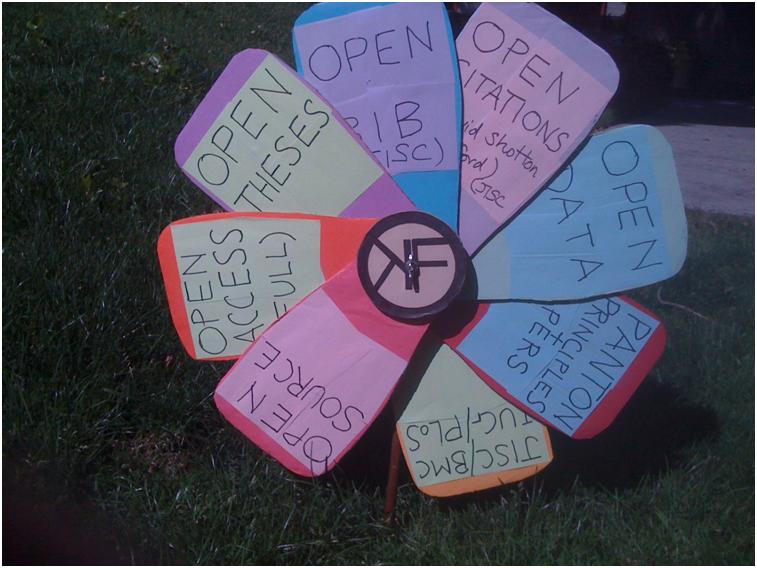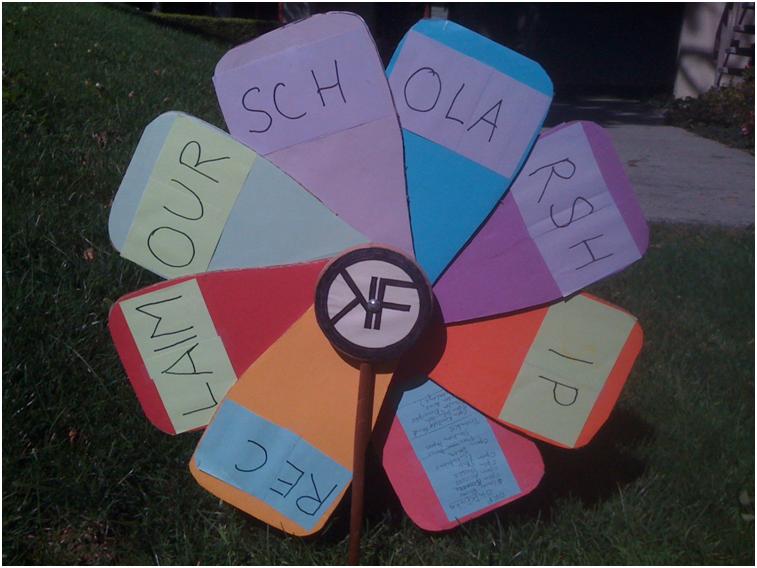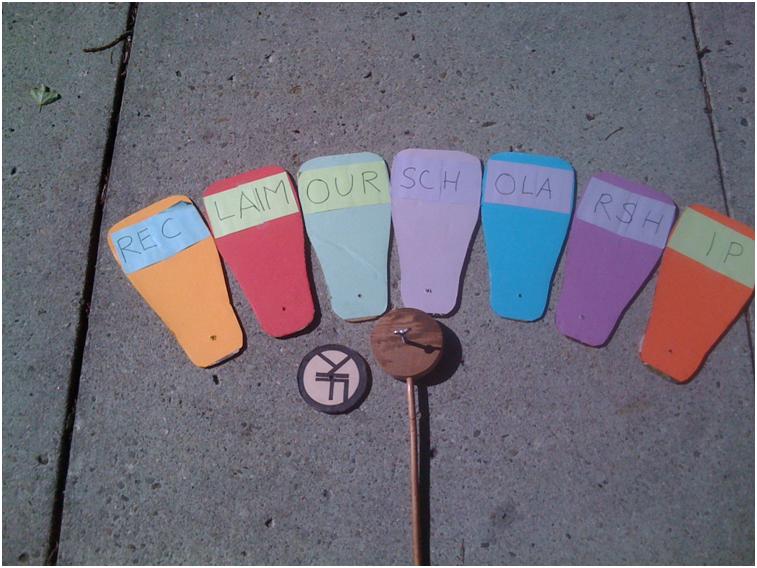Scraped/dictated into Arcturus
I don’t read enough blogs these days, and so I’m really happy to have come across by chance an article written by Richard Poynder:
http://poynder.blogspot.com/2010/08/university-of-ottawa-press-launches-oa.html
In this he analyses the important differences between the types of language used to denote various approaches to Open Access. Terminology is important, and the Open Access movement has been bedevilled by a variety of different approaches to describing what is on offer.
For instance, anyone who read UOP’s announcement [University of Ottawa Press] that it is providing its books on a “free and unrestricted access” basis who then downloaded one of the books would surely scratch their head when they saw the all rights reserved notice attached to it.
While they could be confident that they were free to read the books, they might wonder whether they were permitted to forward the book to a colleague. They might also wonder whether they were free to print it, whether they could cut and paste text from it, or whether they were permitted to create derivative versions.
Free and unrestricted access would seem to imply they could do all those things. All rights reserved suggests quite the opposite — indeed, a copyright lawyer might argue that even downloading a book infringes an all-rights licence.
It does not help that there appears to be no terms and conditions notice on the UOP web site clarifying what readers can and cannot do with the books — as there is, for instance, on PSU’s Romance Studies site.
In fact, UOP is only granting permission for people to read, download and print the books.
But it need not be that confusing. OA comes in different flavours, and what UOP is offering is what OA advocates call Gratis OA (that is, it has removed the price barriers); it is not offering Libre OA (which would require removing permission barriers too — i.e. relaxing the copyright restrictions).
I have missed recent discussions in Open Access but if this means that they now have the terms gratis and libre then that is a major advance. I have long asked for clarity in terminology and this has now arrived, since it models the usage in the Open Source.
Richard Poynder will be the first of our guests in the Panton Discussions, where we ask influential figures in the open movement to take part in an in depth discussion. Richard interviewed me some time ago and for this I am very grateful; this returns the favour.
The distinction between gratis and libre can be found in http://en.wikipedia.org/wiki/Gratis_versus_Libre
With Richard Stallman’s famous phrase:
“Think free as in free speech, not free beer.”[1]
When Richard Poynder visits the Panton Arms we should be able to manage at least some gratis, if not libre, beer.





